Watermelons are a beloved summer treat, but sometimes our enthusiasm for growing them is met with disappointment when our melons underperform.
Little do many gardeners know, some common garden plants could be secretly sabotaging their watermelon efforts.
In this article, we’ll uncover 14 plants you should avoid planting near your watermelons to ensure a healthy, thriving crop.
Ready to save your melons from undercover enemies?
Let’s get started!
1. Tomatoes
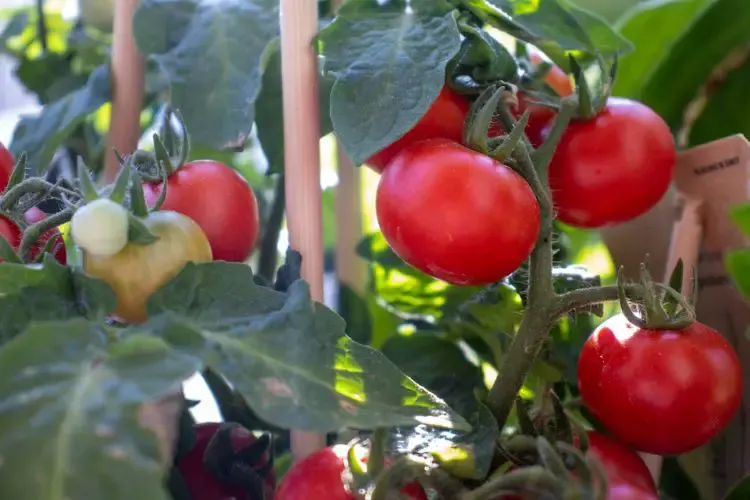
Tomatoes might be a garden staple, but they’re no friend to watermelons.
Tomatoes and watermelons are susceptible to similar pests and diseases, like aphids, and can inadvertently spread problems between plants.
Not only do they compete for nutrients, but their large leaves can also overshadow your watermelons, stealing their much-needed sunlight.
Keep your watermelons away from tomatoes to prevent a disastrous domino effect in your garden.
Growing them in separate beds or at opposite ends of your garden can help keep both plants healthy and thriving.
2. Potatoes
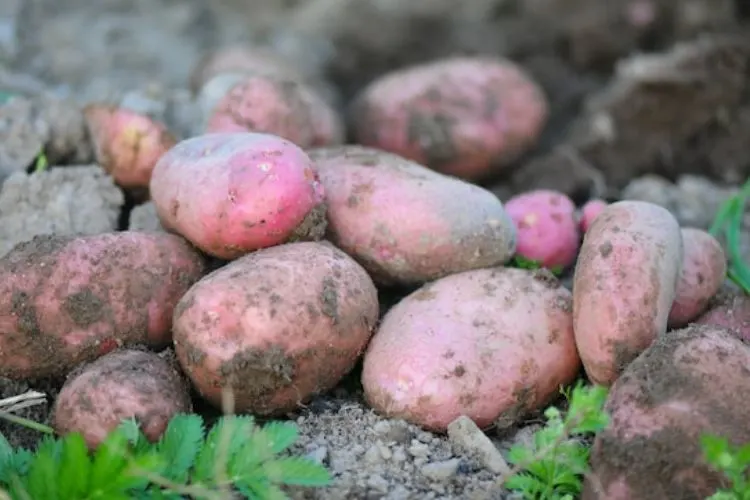
Potatoes and watermelons don’t mix well, as they both attract the Colorado potato beetle.
Planting them together can lead to a concentrated infestation, causing damage to both crops.
Moreover, potatoes and watermelons have different watering needs, and overwatering your potatoes could lead to rot, while under-watering your watermelons might result in smaller, less juicy fruits.
It’s best to keep these two plants apart for the sake of their health.
Consider creating dedicated beds for each type of plant to ensure they receive the appropriate care and attention.
3. Cabbage
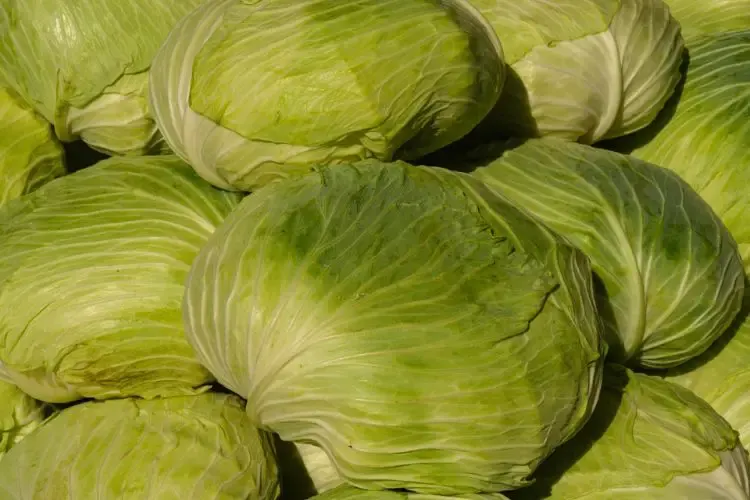
Cabbage might be a garden favorite, but it doesn’t play well with watermelons.
Cabbage is part of the Brassica family, which includes other plants like broccoli, cauliflower, and kale, all of which can stunt the growth of watermelons.
Additionally, cabbage attracts pests like cabbage worms and aphids, which can also wreak havoc on your watermelon plants.
It’s essential to give your watermelons plenty of space away from cabbage to prevent problems.
A good rule of thumb is to plant them at least 20 feet apart or even in separate areas of your garden to minimize potential issues.
4. Squash
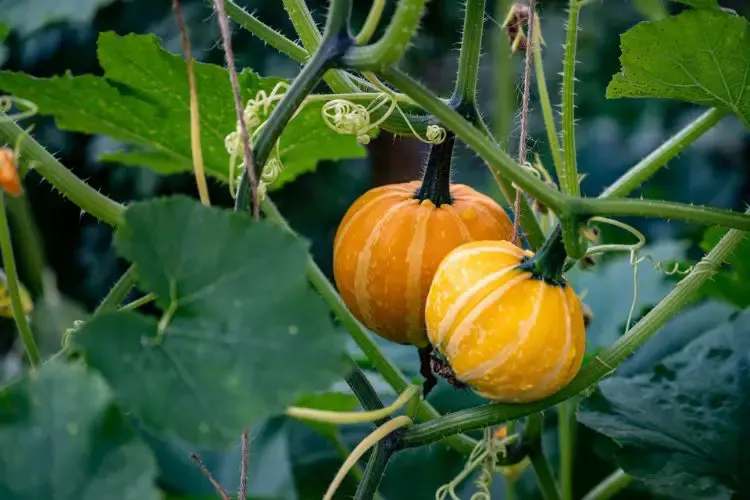
Squash, like watermelons, are members of the cucurbit family and can be problematic when planted too close together.
Both plants attract similar pests, such as squash bugs and cucumber beetles, which can spread diseases like bacterial wilt and mosaic virus.
Squash can also compete with watermelons for nutrients, water, and sunlight, leading to underdeveloped fruits.
To prevent these problems, plant your squash and watermelons in separate areas of your garden, or use companion plants like nasturtiums or marigolds as a barrier between them.
5. Peppers
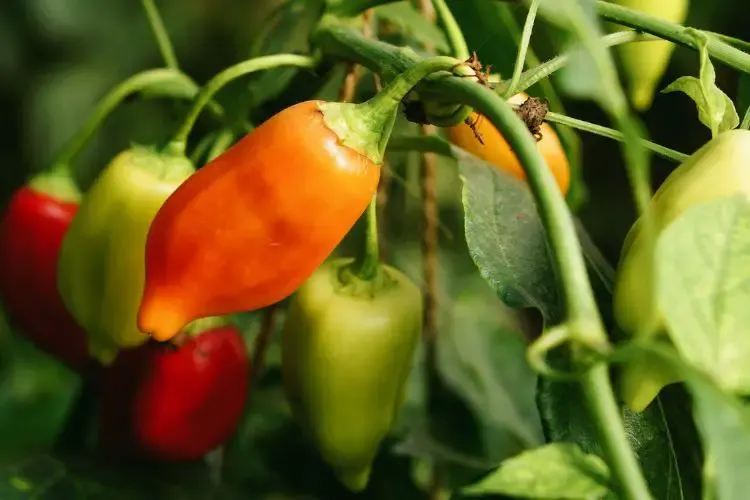
Peppers, while delicious and colorful, can be a troublesome neighbor for watermelons.
Peppers and watermelons are susceptible to the same pests and diseases, such as aphids and whiteflies, which can quickly spread between plants.
They can also compete for valuable resources like water, sunlight, and nutrients.
Planting watermelons and peppers separately or using a physical barrier, such as a garden bed or row of companion plants, can help keep both plants healthy and productive.
Remember to rotate your crops each season to prevent pest and disease buildup in your soil.
6. Pumpkins
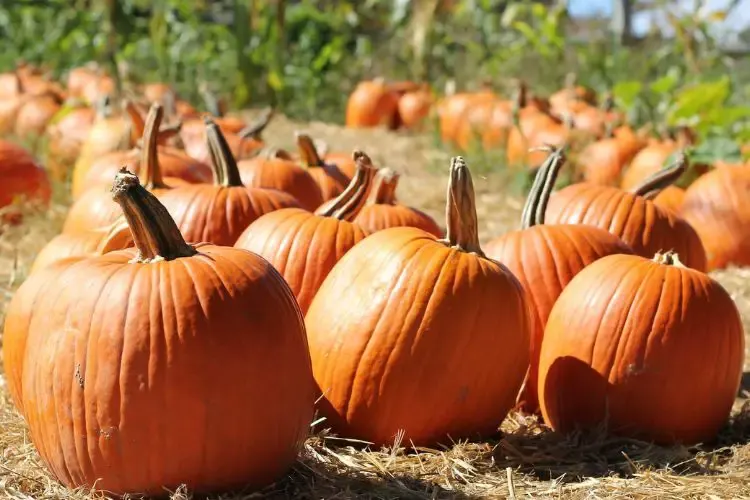
Pumpkins, like squash, are part of the cucurbit family and can cause problems when grown near watermelons.
Both plants are susceptible to similar pests and diseases, such as powdery mildew, bacterial wilt, and vine borers, which can quickly decimate both crops if planted too close together.
Pumpkins also have large, sprawling vines that can crowd out watermelon plants and compete for essential resources like sunlight and nutrients.
To prevent these issues, be sure to provide ample space between your pumpkins and watermelons, ideally planting them in separate garden beds or sections of your garden.
Regular crop rotation and proper garden maintenance can also help keep both plants healthy and pest-free.
7. Eggplants
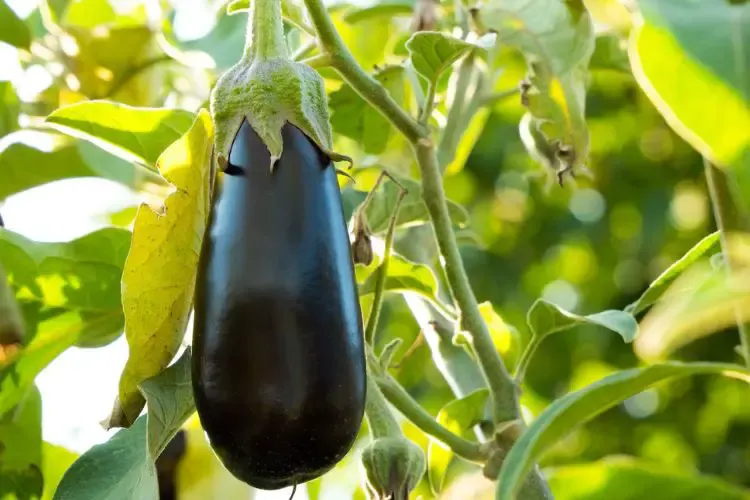
Eggplants, although a popular garden plant, can cause problems for your watermelons if grown too close.
Eggplants and watermelons share common pests, such as flea beetles and spider mites, which can easily spread between plants and damage both crops.
Eggplants can also compete with watermelons for valuable resources like water, sunlight, and nutrients, affecting the overall growth and productivity of your watermelon plants.
To ensure a healthy, thriving watermelon crop, grow eggplants in a separate area of your garden or use companion plants as a barrier between them.
Regular monitoring and pest control can also help protect both plants from damage.
8. Zucchini
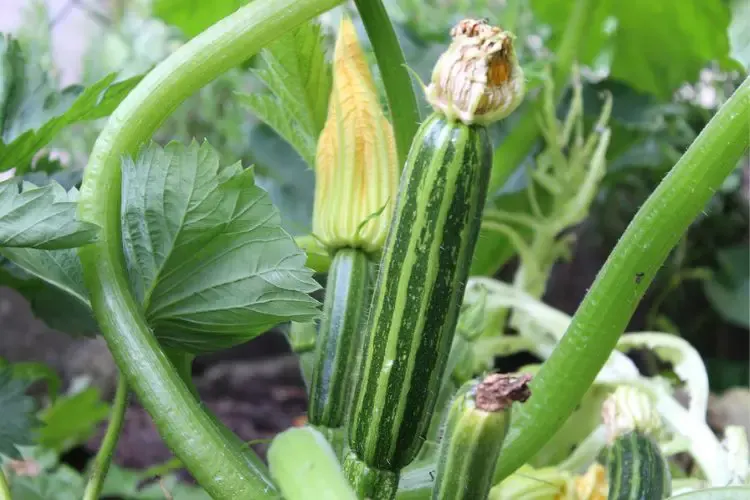
Zucchini, like squash and pumpkins, are part of the cucurbit family and can spell trouble when planted too close to your watermelons.
Both zucchini and watermelon plants are susceptible to similar pests and diseases, such as vine borers, powdery mildew, and mosaic viruses.
Zucchini plants can also compete with watermelons for essential resources like water, nutrients, and sunlight, leading to underdeveloped fruit or poor plant growth.
To keep both your watermelons and zucchini healthy and productive, plant them in separate areas of your garden, or use companion plants like marigolds or nasturtiums as a barrier between them.
Proper garden maintenance and crop rotation can also help keep pests and diseases at bay.
9. Melons (Other than Watermelons)
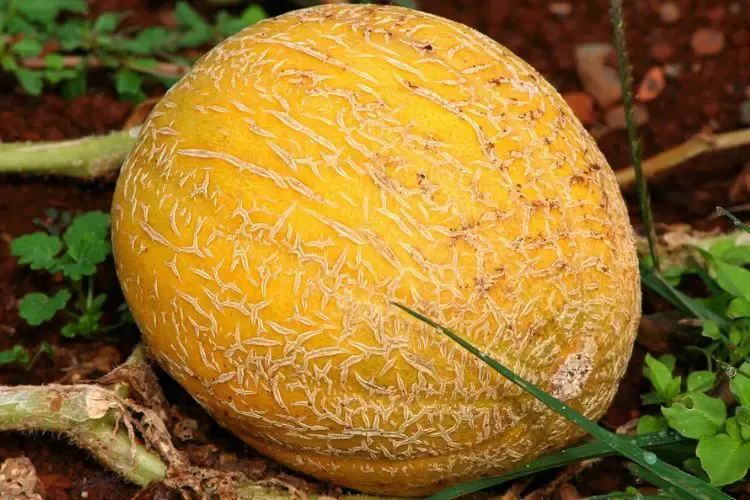
While it may be tempting to plant different types of melons together, this can lead to problems for your watermelons.
Other melon varieties, such as cantaloupe or honeydew, can attract pests and diseases that can easily spread to your watermelon plants, causing damage or even crop failure.
Melons also compete for the same resources, like water, nutrients, and sunlight, which can lead to weaker, less productive plants.
For the best results, plant different melon varieties in separate sections of your garden or use companion plants as a buffer between them.
10. Strawberries
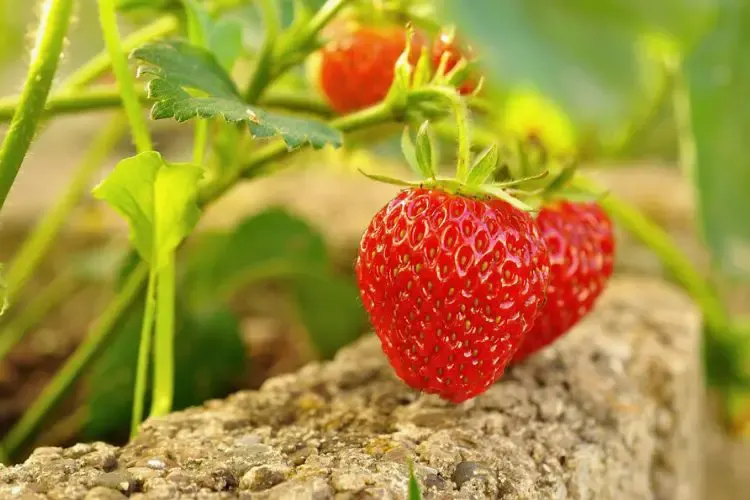
Strawberries might be a sweet treat, but they aren’t the best companion for watermelons.
Strawberries can harbor verticillium wilt, a soil-borne disease that can also affect watermelon plants, causing wilting, yellowing leaves, and reduced fruit production.
Additionally, strawberries and watermelons have different water and nutrient requirements, which can lead to problems when grown too closely together.
Plant your strawberries and watermelons in separate areas of your garden to prevent cross-contamination and ensure that each plant gets the care it needs.
11. Asparagus
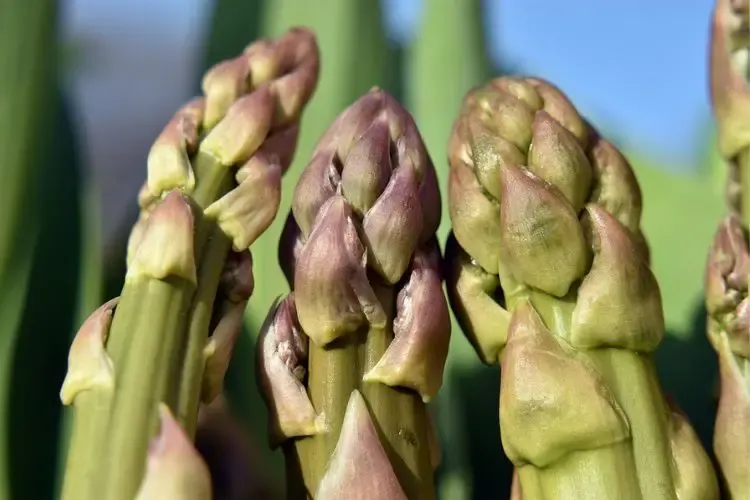
Asparagus, though a garden delicacy, can be a problematic neighbor for watermelons.
Asparagus plants release a chemical called asparagine, which can stunt the growth of neighboring plants, including watermelons.
Both asparagus and watermelons have different water and nutrient requirements, making it difficult to provide proper care for both plants when grown in close proximity.
To prevent issues, plant asparagus and watermelons in separate beds or sections of your garden, ensuring that each plant receives the appropriate care and attention it needs to thrive.
12. Fennel
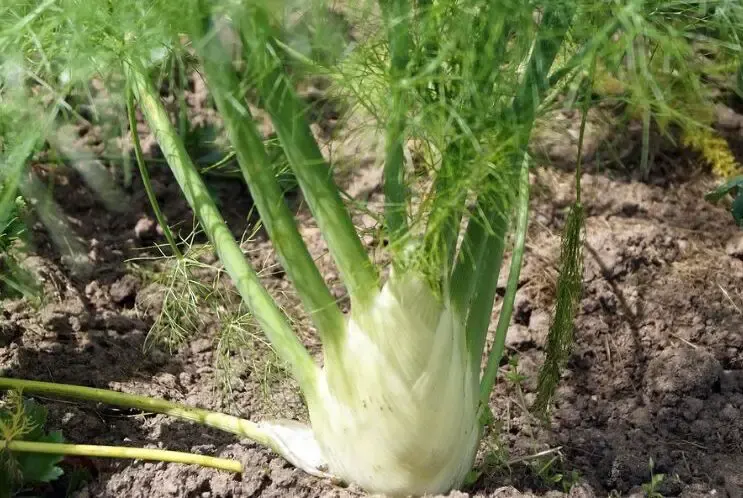
Fennel is an herb with a distinct flavor and fragrance, but it can be a poor companion for watermelons.
Fennel has allelopathic properties, meaning it releases chemicals that can inhibit the growth of neighboring plants, including watermelons.
Additionally, fennel attracts pests like aphids, which can then spread to your watermelon plants and cause damage.
To ensure the health and productivity of your watermelon plants, grow fennel in a separate area of your garden or use companion plants like marigolds or basil as a barrier between them.
13. Onions
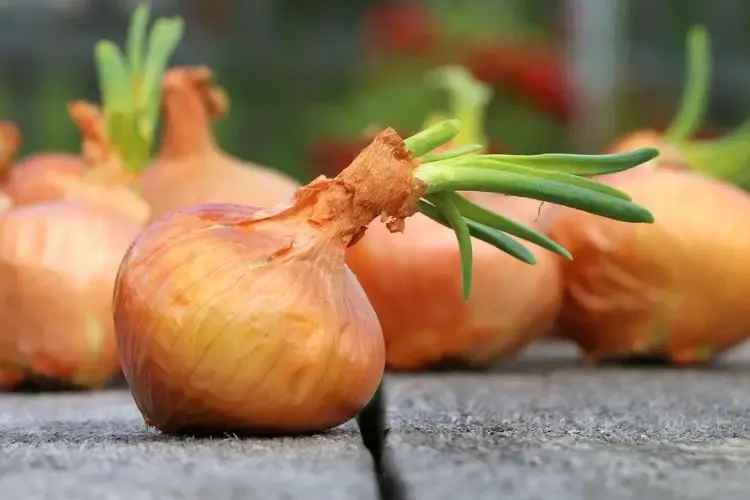
Onions may be a kitchen staple, but they aren’t the best companion for watermelons.
Onions and watermelons have different water and nutrient requirements, which can make it difficult to provide the right care for both plants when grown too close together.
Onions can also attract pests like thrips, which can cause damage to your watermelon plants.
For a healthy watermelon crop, plant onions in a separate area of your garden, and use companion plants like chives or marigolds to deter pests and provide added benefits to your watermelons.
14. Black Walnut Trees
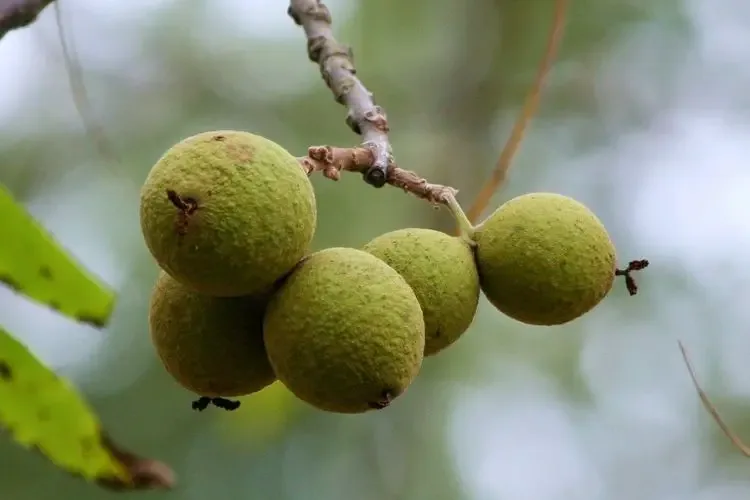
Black walnut trees are known for their allelopathic properties, which can be detrimental to watermelon plants.
These trees release a chemical called juglone, which can inhibit the growth of many plants, including watermelons.
Juglone can leach into the soil and be absorbed by the roots of neighboring plants, causing stunted growth, wilting, and even death.
To protect your watermelon plants from the harmful effects of black walnut trees, plant your watermelons at least 50 feet away from any black walnut trees, and consider using raised beds or containers to further reduce the risk of juglone exposure.
Final Thoughts
While watermelons are a delight to grow and enjoy, it’s essential to be aware of the plants that can sabotage their success.
By avoiding these 14 common garden plants or planting them in separate areas of your garden, you can help ensure a healthy, bountiful watermelon harvest.
Remember to practice good garden maintenance, like crop rotation and proper pest control, to further protect your watermelon plants and create a thriving garden oasis.
Happy gardening!
